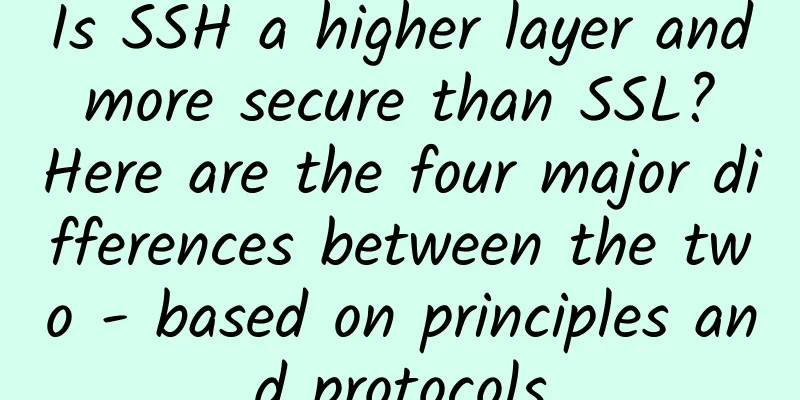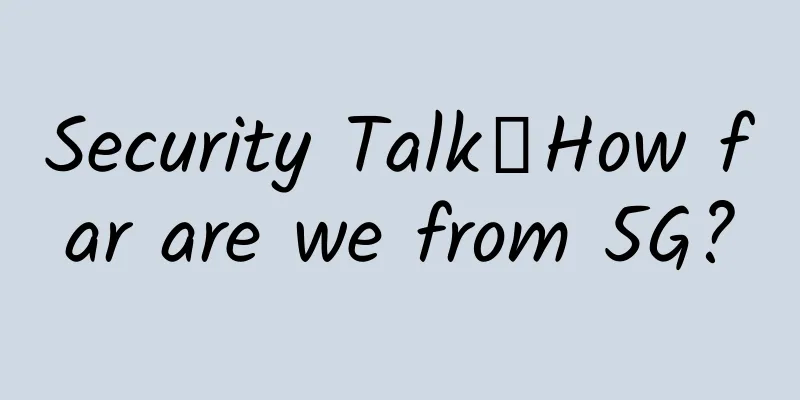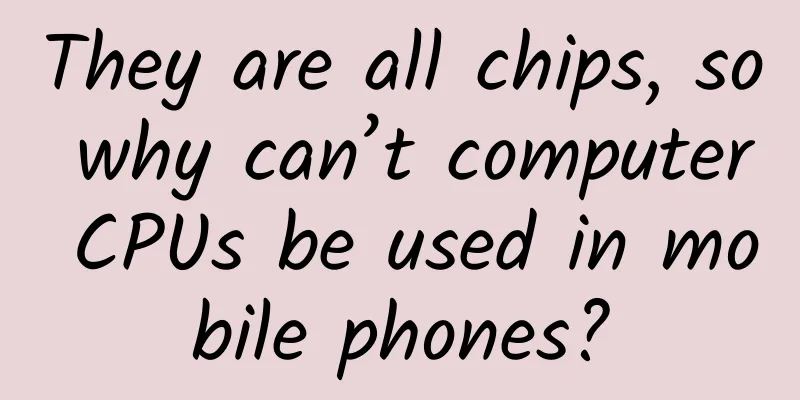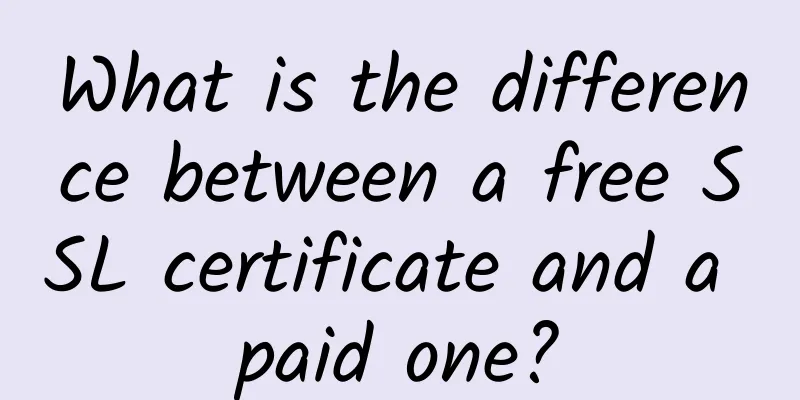Is SSH a higher layer and more secure than SSL? Here are the four major differences between the two - based on principles and protocols

80% of people will have this question, these are obviously two different things. Yes, this does not seem to be a reasonable comparison. The general perception is:
They are very different. But if you think about it carefully, they have similar functions and similar encryption methods. Is this God's arrangement or a coincidence? They seem to be completely unrelated, but have you ever really compared them? Do you occasionally confuse them at work? Let's take a look at them based on principles and protocols... 1. SSL SSL, or Secure Sockets Layer, is a security protocol that was proposed by Netscape when it launched the first version of its Web browser. SSL certificates are mainly deployed in website servers, and use the SSL protocol to encrypt data on the communication link between the browser client and the website server, and authenticate the identity of the website server to prevent phishing websites. It is used to ensure secure communication between your browser and the website server, and prevent network "middlemen" from stealing information. The traditional HTTP protocol uses plain text to transmit data, and user data is at risk of being stolen and tampered with. Websites that have deployed SSL certificates can be accessed using the secure HTTPS protocol. When a browser accesses a URL that begins with "https://", the browser uses HTTP through an SSL connection. The SSL protocol encrypts data before it is transmitted over the network, ensuring the security of user data on the transmission link. The SSL protocol consists of two sub-protocols:
SSH SSH, or Security Shell, was developed by the Network Working Group of IETF. It is currently the most reliable protocol that provides security for remote login sessions and other network services. SSH was originally a program on UNIX systems, and later quickly expanded to other operating platforms. SSH is equivalent to a tunnel, which protects data from being leaked and tampered with when it passes through, and provides a secure transmission and application environment for the shell. Specifically, it can be used to remotely and securely execute instructions on another UNIX system machine. SSH is just a protocol, and it has many implementation methods. In Linux, SSH is almost standard, and the most commonly used implementation is OpenSSH. When using SSH in Windows, another software PuTTY is used. This is equivalent to using QQ to remotely log in to another computer, and it is a secure way to remotely log in to the server. In the Internet hierarchy, SSH, like HTTP and FTP, belongs to the application layer protocol in the OSI seven-layer reference model. It is a member of the application layer services that use the TCP protocol. What are the differences and connections between SSH and SSL? 1. Position in the OSI seven-layer model After reading the previous introduction, we know that SSL is a protocol to protect network transmission data and is the cornerstone of secure transmission on the Internet. SSH is just a network application for host user login and secure data sharing. They are located in different positions in the OSI seven-layer model: 2. Functional associations and differences (1) Differences Functionally, they vary greatly. SSH stands for "Secure Shell". We care about it because it enables networked computer 1 to access a shell on networked computer 2, log in as computer 1, and operate on it. SSL stands for "Secure Sockets Layer". The reason we care about it is that it enables browsers to transfer data to and from web servers in a secure, encrypted way, making it difficult for third-party spies who monitor all internet traffic to survive. SSL has nothing to do with host username logins, it does not implement the host login function itself, it is just a pure encryption function. (2) Relationship Both SSL and SSH must provide systems for encrypting and decrypting data over an insecure channel. SSH has its own transport protocol that is independent of SSL, so this means that SSH does not use SSL under the hood. For ease of understanding, you can simply think of it as: SSH = SSL + application layer protocols such as user login function. 3. Relationship and differences between encryption methods From a strict cryptographic perspective, the encryption methods used to authenticate their identities are different. Both SSL and SSH provide cryptographic elements to tunnel confidential data transmissions with integrity checks.
Both encryption methods have potential theoretical weaknesses. The strongest method is Encrypt-then-MAC, which is implemented in IPsec ESP. 4. Security comparison In terms of security, Secure Shell and SSL each have their own advantages. SSL has a certificate authority (CA) that is impartial and can confirm the identity of the sender. SSH, however, does not have one and may be attacked by a "man-in-the-middle attack," which is a modern version of eavesdropping. If an attacker inserts himself between the user and the remote host (such as in a public wifi area), he uses a forged public key to obtain the user's login password. If he then uses this password to log in to the remote host, the security mechanism of SSH will be gone. However, making sure that the insecure SSL/TLS protocol is disabled and that the URL you visit begins with HTTPS can avoid most man-in-the-middle attacks. An SSL termination proxy can handle incoming SSL connections, decrypt the SSL and pass the unencrypted request to other servers. SSL allows you to use PKI (Public Key Infrastructure) through signed certificates. Whereas with SSH, you have to manually exchange key fingerprints through other protocols like ftp. SSH has a user authentication layer that SSL lacks (but that's because it doesn't need it). The SSH protocol uses more of the same protocol when using UTF-8 encoding. Given the greater number of potential attacks, the attack surface of SSH may seem larger. But that's only because SSH has a complete application built into it. The security is pretty much the same as SSL. Conceptually, we could use SSH and replace the tunneling portion with that in SSL, or even use HTTPS and replace the SSL transaction with SSH-with-data-transport and a hook to extract the server public key from its certificate. There is no scientific impossibility, and if done properly, their security would remain the same. |
<<: The strength of the WiFi signal is related to this core factor. Don't get it wrong.
Recommend
An article explains what NVMe is
With the emergence of NVMe, the performance of ha...
The shortest path to microservice containerization, best practices for microservices on C
Preface Microservices, as a more flexible, reliab...
The benefits of modern networks for businesses
Enterprise adoption of software-defined and virtu...
Review of 5G industry-specific networks in 2020: The beginning of a new era
4G changes life, 5G changes society. As the leade...
3G, 4G, 5G, why do we need so many "Gs"?
This can happen with our phones receiving signals...
5G message white paper is about to be released, and traditional SMS will usher in a major change
With the advent of the 5G era, traditional SMS se...
TmhHost: 20% off for Los Angeles CN2 GIA high-defense, 20% off for Hong Kong NTT data center VPS, US CN2 GIA quarterly payment starting from 70 yuan
TmhHost is a Chinese VPS service provider establi...
WOT Huang Shuquan: Edge computing helps industrial intelligent manufacturing
[51CTO.com original article] On May 18-19, 2018, ...
Spain's 5G state subsidies may exclude Huawei, Huawei appeals
On October 10th, local time on Monday, Huawei app...
2017 Prediction: SD-WAN will drive the development of IoT
IoT drives SD-WAN adoption The Internet of Things...
China has built more than 790,000 5G base stations, with 260 million terminal connections
[[394253]] Officials from China's Ministry of...
Operators set different network speeds for 5G packages: some are even worse than 4G
Not long ago, the Ministry of Industry and Inform...
Game changers for the branch office: Wi-Fi 6, 4G, 5G and SD-WAN
Today, the use of cloud computing services contin...
Scenario Innovation Smart Energy | Ruijie Debuts at 2019 Petroleum and Petrochemical Information Technology Conference
From May 15th to 16th, the "2019 China Petro...
BuyVM: Luxembourg complaint-resistant VPS + storage block restock, 1Gbps unlimited traffic starting at 3.5 CAD per month
BuyVM recently restocked the Luxembourg data cent...









